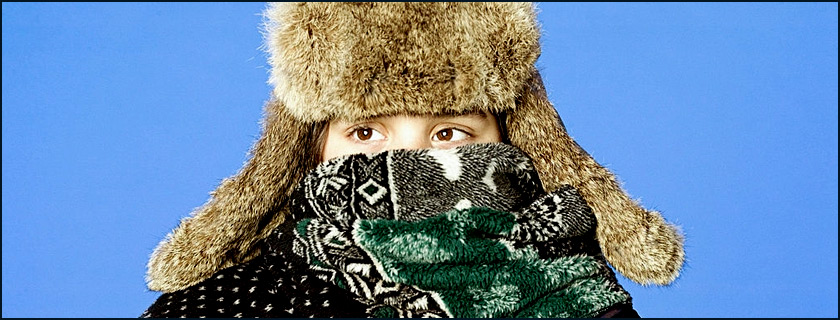Cold, Ice and Snow Safety
Winter isn’t a time to just stay indoors and wait for spring. There’s a whole wonderland of sports out there for the entire family — sledding, snowmobiling, and snowboarding, to mention a few. Plus, someone has to shovel the snow, right? Once outdoors, however, take precautions to keep your family safe. In ice and snow, accidents can occur easily, and before you know it you might be on your way to the emergency room. It’s easy to keep safe — and stay fit — during the cold months. By following a few tips, you can have a great time, no matter how much white stuff piles up outside.
Cold-Weather Hazards
Certain injuries are more common in the winter because cold-weather activities like ice-skating, sledding, snowboarding, and skiing can lead to accidents that often involve kids. Now that snowboarding is drawing more kids out in the cold weather, ERs are seeing more abdominal, head, and neck injuries in those who run into trees or large rocks while snowboarding. And some illnesses are more common when the weather turns colder. Respiratory ailments, especially viruses like the flu are prevalent because people stay indoors more and thus are exposed to more airborne germs.
At Home
One way to stay healthy while cooped up inside is to make sure your family washes their hands. It’s especially important to wash after sharing toys, coughing, and blowing a runny nose to help prevent the spread of viruses. Decided you’ve had enough of the indoors and you’re going to get the family outside to shovel the snow? Fine, but take care. Younger or older, kids sometimes have a tough time knowing when to come inside from the cold. To nip frostbite in the bud, check on your kids regularly to make sure that mittens are dry and warm and noses aren’t too red.
Dressing for the Cold
If you’re going outside in the cold, stay safe — and warm. Make sure your kids have a snack before going out. The calories will give their bodies energy in the cold weather. And protect your kids’ faces with sunscreen. The idea of a sunburn in January can seem odd, but snow can reflect up to 85% of the sun’s ultraviolet rays. Kids should dress warmly in layers of clothes. If the top layer gets wet from snow or freezing rain, they can peel off some clothes down to a dry layer. Avoid cotton clothing because it won’t keep the kids very warm. Stick with wool or other fabrics. Dress them in long underwear, a turtleneck,
and a sweater and coat. Add more layers depending on the temperature. Waterproof pants and jackets are great top layers because they don’t let the wetness seep into the other clothing. The cold-weather
ensemble wouldn’t be complete without warm socks and boots to keep feet dry and a hat to top it off. There’s no set amount of time kids should be allowed to stay out in the cold. However, when being cold becomes unpleasant, it’s time to go inside. Sometimes, though, kids may just need some dry gloves. It helps to have an extra pair of gloves or mittens tucked into their pockets if they plan to be outdoors for a while.
What to Do in an Emergency
Kids are at greater risk for frostnip and frostbite than adults, and the best way to prevent it is to make sure they’re dressed warmly and don’t spend too much time in extreme weather. Frostnip is an early warning sign of the onset of frostbite. It leaves the skin white and numb. After bringing your child inside, remove all wet clothing because it draws heat from the body. Immerse the chilled body parts in warm (not hot) water — 104-108°F (40-42°C) — until they are able to feel sensation again. Frostbite occurs mostly on fingers, toes, ears, noses, and cheeks. The area becomes very cold and turns white or yellowish gray. If you notice frostbite, take your child immediately to the nearest hospital emergency room.

